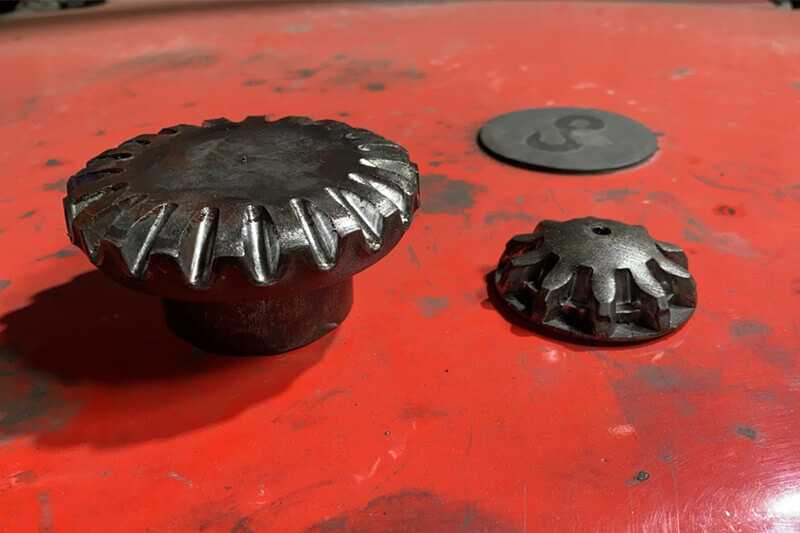
Daqiao Industrial Park
SuiCang, Lishui, Zhejiang China.Monday-Friday: 9am to 5pm
Saturday / Sunday: Closed086-577-86581229
sales@jyfmachinery.com
JYF Machinery can provide external processing of hot die forging, warm forging (warm extrusion), and cold forging (cold extrusion). Friction presses and rapid extrusion hydraulic presses are JYF Machinery’s main forging equipment for these forging methods. Currently, the company has 400 tons, 630 tons, 1,000 tons, 1600T friction presses, and 400 tons, 630 tons of cold forging (cold extrusion) and warm forging (warm extrusion) equipment as the main machine for cold and warm precision forging production lines.The annual design capacity is 10,000 tons. The heating of the production line adopts an infrared temperature-controlled IGBT induction heating furnace.
Hot die forging is a precision forging method in which metal blanks are heated to recrystallization temperature of the material. The metal blanks are plastically formed into the shape and size of the desired forging. The die forging process has high production efficiency, low labor intensity, and precise size. It also has a small machining allowance and can forge forgings with complex shapes. It is suitable for mass production. However, the cost of the mold is high and requires special forging equipment. This makes it unsuitable for single-piece or small-batch production.


On the other hand, Warm extrusion is a new forming technology of plastic forming with fewer chips and no chips. The method has been rapidly developing over recent years on the basis of cold extrusion plastic forming, also known as warm forging. There is also the heating of the blank before extrusion. However, its heating temperature is slightly above room temperature and below the recrystallization temperature.
It is basically in the temperature range of incomplete cold deformation and incomplete thermal deformation of the metal. In the metal-plastic forming process and production, the warm extrusion forming technology will solve the plastic forming problem of various materials and also meet the filling problem of complex parts


Cold forging or cold extrusion is an important part of precision metal forming technology. The method includes placing the metal blank in the mold cavity in a cold state and under the action of strong pressure and a certain speed, forcing the metal out of the mold cavity to obtain the required shape, size, and certain mechanics.
Cold extrusion processing relies on molds to control metal flow and relies on a large amount of metal volume transfer to form parts. Cold extrusion technology is a high-precision, high-efficiency, high-quality, and low-consumption advanced production technology. This is why it is popular in the large-scale production of small and medium forgings.
Compared with hot forging and warm forging processes, cold forging can save 30%-50% of materials, save energy of 40%-80%, and can improve the quality of forgings and the working environment.
| Cookie | Duration | Description |
|---|---|---|
| cookielawinfo-checkbox-analytics | 11 months | This cookie is set by GDPR Cookie Consent plugin. The cookie is used to store the user consent for the cookies in the category "Analytics". |
| cookielawinfo-checkbox-functional | 11 months | The cookie is set by GDPR cookie consent to record the user consent for the cookies in the category "Functional". |
| cookielawinfo-checkbox-necessary | 11 months | This cookie is set by GDPR Cookie Consent plugin. The cookies is used to store the user consent for the cookies in the category "Necessary". |
| cookielawinfo-checkbox-others | 11 months | This cookie is set by GDPR Cookie Consent plugin. The cookie is used to store the user consent for the cookies in the category "Other. |
| cookielawinfo-checkbox-performance | 11 months | This cookie is set by GDPR Cookie Consent plugin. The cookie is used to store the user consent for the cookies in the category "Performance". |
| viewed_cookie_policy | 11 months | The cookie is set by the GDPR Cookie Consent plugin and is used to store whether or not user has consented to the use of cookies. It does not store any personal data. |